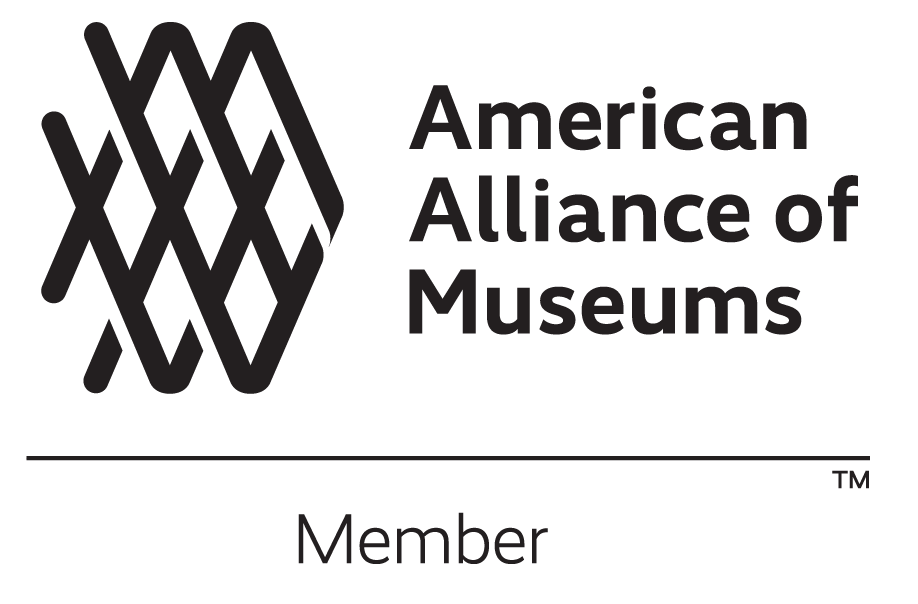Colonial Cooking: Making Sam Fraunces' Carrot Cake
by Mary Tsaltas-Ottomanelli
On National Carrot Cake Day, Special Programs & Engagement Manager Mary Tsaltas-Ottomanelli bakes her way back in time by testing Samuel Fraunces’ very own Carrot Cake recipe, a staple on the 18th century tavern’s menu.
I can’t think of a better way to celebrate National Carrot Cake Day than baking Samuel Fraunces’ very own carrot cake! The recipe first appeared in The Thirteen Colonies Cookbook in 1975 and was purportedly served at the Evacuation Day Dinner, hosted at Fraunces Tavern on November 25, 1783. Though we don’t have an official record that Fraunces served this exact cake, it is likely he regularly served carrot pudding at the Tavern as it was a simple, hearty dish to serve to hungry patrons. It’s also likely that Washington, a documented fan of Fraunces’ cooking, enjoyed the dish. Fraunces first opened the Tavern in 1762, and it quickly became one of the city’s most frequently visited establishments, in part because of his cooking. There are a few things that set Sam apart from other tavern owners in the city, one being that he had two kitchens: one for sweets and one for savory dishes.
Baking in 17th and 18th century in America wasn’t nearly as glamorous as it is today (I’m looking at you Great British Bake Off). Our 21st century carrot cake is much different than its 17th century origin recipes.
The Pilgrims first brought carrots with them to North America, intending to harvest it in the colonies. The root vegetables then, however, were not as sweet as the carrots we enjoy today. In fact, carrots didn’t gain popularity until the 18th century when the French developed a sweeter, longer version similar to what we enjoy today.
Early recipes often listed what we consider carrot cake as a pudding, which consisted of a batter that was boiled for several hours and was made in both sweet and savory fashions. Unsurprisingly, the cakes of the 18th century were hearty – made with cornmeal and cooked on a griddle. The earliest record of what we call a “cake” shows up in The 20th Century Bride’s Cookbook, by the Twentieth Century Club in 1929. The recipe includes what we consider to be staples in a modern cake recipe: sugar, butter, cloves, cinnamon, and nutmeg.
As much as I would have loved to pick fresh eggs, churn my own butter, and bake my cake over a hearth, I simply could not cook like a colonist in my tiny Brooklyn apartment. Much to my surprise, the carrot pudding recipe in Amelia Simmons’ American Cookery was one of the most straightforward recipes I’ve found. First printed in Connecticut 1796, the cookbook is considered the first one of its kind to be published in the United States. American Cookery was the first to put a stamp on the new American identity – recipes created by Americans with locally sourced ingredients. The Carrot Pudding was straightforward: a coffee cup full of boiled and strained carrots, five eggs, two ounces sugar and butter each, cinnamon and rose water to your taste, baked in a deep dish without paste.
I decided to make the Samuel Fraunces Carrot Tea Cake from Anne Byrn’s American Cake, which boasts uniquely American cakes from the 18th century adapted for the modern era. I highly recommend this book for anyone looking to dip their toes into our nation’s rich (and delicious) history of sweets!
The ingredients were all things I had in my pantry already – flour, sugar, eggs, butter, and spices. I decided to boil my carrots in an effort to be as traditional as possible. Assembling the batter was simple, and the instructions were easy to follow. I will admit, I did at one point pull out my electric hand mixer. Altogether, it took just over half an hour to combine the ingredients, and then another 45 minutes to bake it.
Then came the fun part – the taste test! Served with a dollop of Cool Whip, I had the Museum staff taste the cake for me during our weekly staff meeting.
The cake was a hit! Rich, spiced, and delicious! Some of us went back for seconds!
For more historic recipes, check out Anne Byrn’s American Cake: From Colonial Gingerbread to Classic Layer, the Stories and Recipes Behind more Than 125 of our Best-Loved Cakes.
Enjoy the recipe below! I can’t wait to try another colonial favorite!
Fraunces Tavern Carrot Tea Cake, from Anne Byrn’s American Cake
Yields 12 to 16 servings
Prep Time: 20 to 23 minutes
Bake Time: 40 to 45 minutes
INGREDIENTS
4 medium carrots, trimmed and peeled
Butter and flour for prepping the pan
¾ cup (1 ½ sticks) unsalted butter, at room temperature
2 cups granulated sugar
4 large eggs
2 cups all-purpose flour
1 tablespoon ground cinnamon
1 teaspoon ground nutmeg
½ teaspoon salt
whipped cream for serving
CAKE NOTE: You can cook the carrots until soft and then mash and strain them of juice as you would have in the old days. Or you can cook the carrots until they just begin to soften, let them cool, and grate them using a cheese grater to get streaks of carrot throughout the cake.
INSTRUCTIONS
1. Place the peeled carrots in a saucepan with 1 inch of water. Bring to a boil over medium-high heat and, when boiling, reduce the heat to medium and let the carrots simmer until they begin to soften, 5 minutes. Remove the pan from the heat and drain off the water. Let the carrots cool in the pan.
2. Place a rack in the center of the oven, and preheat the oven to 350 degrees Fahrenheit. Grease and flour a 10 inch spring form pan, shake out the excess flour, and set the pan aside.
3. Place the butter and sugar in a large mixing bowl, and beat until creamy, about 1 minute. Add the eggs, one at a time, until they are smooth and satiny, 4 to 5 minutes of beating in total. In a separate bowl sift together the flour, cinnamon, nutmeg, and salt, and fold into the batter with a wooden spoon. Set aside.
4. Grate the cooked carrots to yield 2 cups. Fold the carrots into the batter. Turn the batter into the prepared pan, and place the pan in the oven.
5. Bake the cake until it is golden brown and a toothpick inserted in the center comes out clean, 40 to 45 minutes. Remove the pan from the oven to a wire rack to cool for 20 minutes. Run a knife around the edges of the pan, and unfasten the collar of the spring form pan. Run a knife underneath the cake to free it from the bottom of the pan, and place it on a serving platter. Slice and serve warm with the whipped cream.








